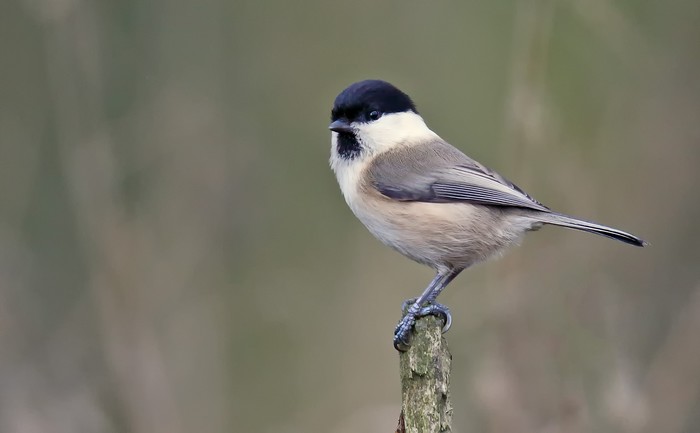Cornwall Project Aims to Save Willow Tit from Extinction
Conservation work is under way in Cornwall to protect the Willow Tit, a native bird described as "dangerously close to extinction."

Cornwall is one of the last areas in southern England where Willow Tits persist, with a core population on the mid-Cornwall moors, particularly Goss Moor and Helman Tor. Natural England (NE) is funding habitat management to aid their survival.
Beth Lloyd-Davies, senior reserves manager for Goss Moor National Nature Reserve, emphasised the bird’s importance: "The Willow Tit is really special. We need to do all we can to protect it."
The species, considered the UK's fastest-declining resident bird, thrives in wet woodland and mixed-age scrubland. It is unique among British tits for excavating its own nest holes but is often bullied by great and blue tits.
Conservation work, led by Ian Moye, includes clearing scrub to enhance biodiversity and increase insect populations, providing vital food for Willow Tits, especially during breeding season.
Peter Roseveare of Cornwall Birds remains optimistic: "If we continue habitat-wide restoration, the bounce-back could be quick."
The University of Exeter, Natural England, and Cornwall Birds are collaborating with local groups on the initiative. David Marshall, NE’s programme manager, highlighted the project’s role in nature recovery and promoting land management in a wildlife-friendly way.
A Defra spokesperson reiterated the government’s commitment to reversing species decline, citing over £400m invested in nature recovery and £5bn directed at sustainable farming over the next two years.
As part of the project, areas of Goss Moor are being managed to create habitat where it is easier for the birds to forage. NE, which is funding the initiative, said only a core population remained in the mid-Cornwall moors Site of Special Scientific Interest (SSSI), particularly Goss Moor and Helman Tor.
Ian Moye, managing the conservation work, said the project included clearing large areas of scrub to increase biodiversity and insect populations, improving conditions for Willow Tits, particularly when feeding their young.
Peter Roseveare of Cornwall Birds said he was optimistic about the project's impact: "If we continue to do this work on a habitat-wide scale, the bounce-back could be quite quick."
The University of Exeter, Natural England, and Cornwall Birds are working with other local groups on the project. David Marshall, programme manager at NE, said the focus was nature recovery and inspiring others to manage land in a more wildlife-friendly way.
"The habitat restoration is giving the population a real chance to recover," he said.
A Defra spokesperson stated that the government is committed to protecting and restoring nature, investing over £400m in nature's recovery to create habitats for wildlife to thrive and future generations to enjoy.
"We are also investing £5bn into farming over the next two years – the largest ever directed at sustainable food production and nature recovery in our country's history," they added.
30 January 2025
Share this story







